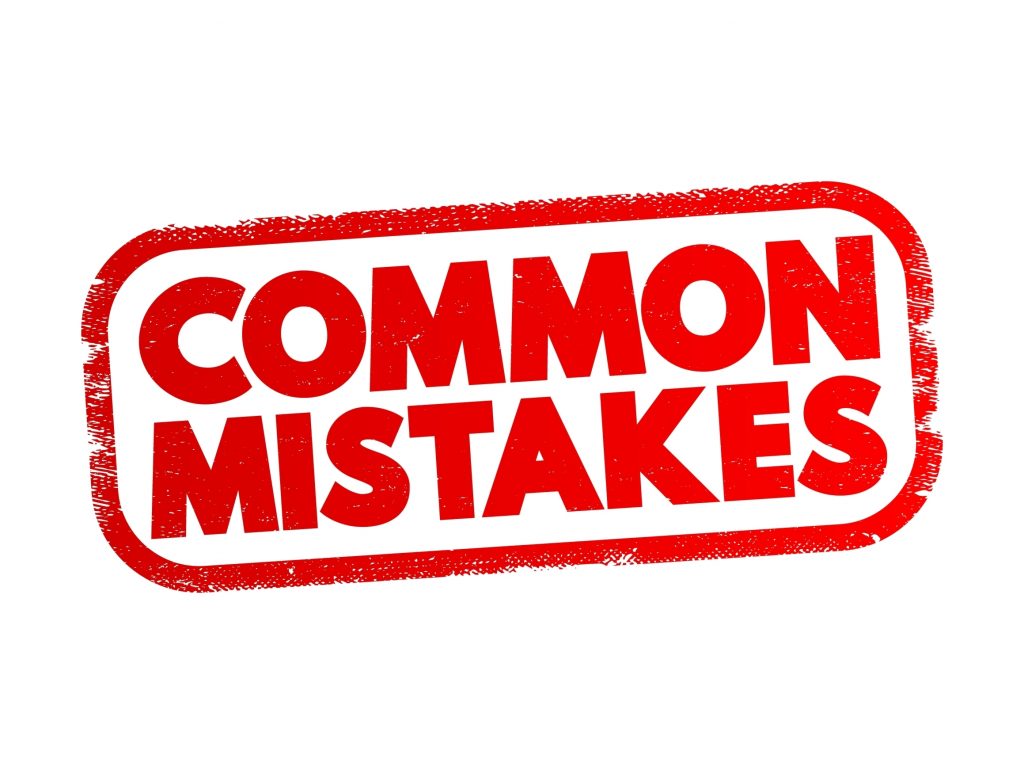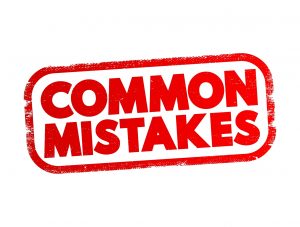
- Logo
- Ticker
- Company Name
- Exchange
- Previous close
Common Mistakes in Company Analysis: Learn How to Avoid Them

When exploring companies or the stock market, avoiding common mistakes can make a significant difference in how you navigate opportunities. Many errors stem from focusing too much on numbers or following trends without digging deeper into qualitative factors. By learning from these mistakes, you can approach company analysis with more clarity and structure.
- Ignoring Qualitative Factors
Focusing solely on financial metrics like earnings reports and revenue can lead to an incomplete picture. Qualitative aspects—such as management quality, brand strength, and competitive dynamics—offer deeper insights into a company’s long-term potential.
- Chasing Short-Term Gains
Trying to predict short-term market movements often leads to hasty decisions. Long-term strategies that focus on sustainable company performance typically yield more clarity and stability over time.
- Overlooking Competitive Analysis
Failing to assess how a company compares to its competitors is a missed opportunity to understand its position in the market. Tools like Porter’s 5 Forces help evaluate the competitive landscape and identify barriers to entry, customer loyalty, and market share.
- Failing to Diversify
Relying too heavily on a single sector, company, or industry can be risky. Diversification helps spread exposure across various opportunities, minimizing the risk of being overly dependent on one outcome.
- Falling for Market Hype
Many people get caught up in trends or flashy headlines. However, not all market opportunities deliver on their promises. It’s essential to dig deeper into a company’s fundamentals and use structured frameworks to evaluate its real potential.
- Ignoring Leadership and Governance
Strong leadership is often a critical driver of success. Failing to evaluate the quality of leadership, governance practices, or strategic vision can lead to overlooking red flags that could impact a company’s performance.
- Underestimating Macro Factors
Macroeconomic factors—such as political changes, regulations, and environmental trends—can significantly influence a company’s future. Ignoring these external forces may lead to unexpected outcomes.
- Not Having a Clear Strategy
Lack of a structured approach often results in random decisions. By using tools like qualitative frameworks, you can assess a company’s strengths, weaknesses, and opportunities in a systematic way that aligns with your goals.
- Failing to Reassess and Adapt
Companies and markets evolve over time. Failing to revisit and reassess your research may result in outdated views or missed opportunities. It’s crucial to stay informed and adjust your analysis when necessary.
Key Takeaways
- Look Beyond the Numbers: Qualitative factors like leadership, brand, and market positioning provide insights that numbers alone can’t.
- Avoid Hasty Decisions: Long-term clarity often outweighs the allure of short-term movements.
- Diversify Wisely: Spreading exposure across various sectors and companies helps minimize risk.
- Stay Informed: Regularly reassess your understanding of companies to align with evolving conditions.
Ready to Avoid Common Mistakes?
🎯 Sign up for free today on Invetso and discover how our AI-driven qualitative frameworks can help you avoid these common mistakes and uncover deeper insights about companies.
Disclaimer: Invetso is not a financial advisor. All information provided is for educational and informational purposes only. Always conduct your own research before making any decisions.
You can continue reading
Common Mistakes in Company Analysis: Learn How to Avoid Them

When exploring companies or the stock market, avoiding common mistakes can make a significant difference in how you navigate opportunities. Many errors stem from focusing too much on numbers or following trends without digging deeper into qualitative factors. By learning from these mistakes, you can approach company analysis with more clarity and structure.
- Ignoring Qualitative Factors
Focusing solely on financial metrics like earnings reports and revenue can lead to an incomplete picture. Qualitative aspects—such as management quality, brand strength, and competitive dynamics—offer deeper insights into a company’s long-term potential.
- Chasing Short-Term Gains
Trying to predict short-term market movements often leads to hasty decisions. Long-term strategies that focus on sustainable company performance typically yield more clarity and stability over time.
- Overlooking Competitive Analysis
Failing to assess how a company compares to its competitors is a missed opportunity to understand its position in the market. Tools like Porter’s 5 Forces help evaluate the competitive landscape and identify barriers to entry, customer loyalty, and market share.
- Failing to Diversify
Relying too heavily on a single sector, company, or industry can be risky. Diversification helps spread exposure across various opportunities, minimizing the risk of being overly dependent on one outcome.
- Falling for Market Hype
Many people get caught up in trends or flashy headlines. However, not all market opportunities deliver on their promises. It’s essential to dig deeper into a company’s fundamentals and use structured frameworks to evaluate its real potential.
- Ignoring Leadership and Governance
Strong leadership is often a critical driver of success. Failing to evaluate the quality of leadership, governance practices, or strategic vision can lead to overlooking red flags that could impact a company’s performance.
- Underestimating Macro Factors
Macroeconomic factors—such as political changes, regulations, and environmental trends—can significantly influence a company’s future. Ignoring these external forces may lead to unexpected outcomes.
- Not Having a Clear Strategy
Lack of a structured approach often results in random decisions. By using tools like qualitative frameworks, you can assess a company’s strengths, weaknesses, and opportunities in a systematic way that aligns with your goals.
- Failing to Reassess and Adapt
Companies and markets evolve over time. Failing to revisit and reassess your research may result in outdated views or missed opportunities. It’s crucial to stay informed and adjust your analysis when necessary.
Key Takeaways
- Look Beyond the Numbers: Qualitative factors like leadership, brand, and market positioning provide insights that numbers alone can’t.
- Avoid Hasty Decisions: Long-term clarity often outweighs the allure of short-term movements.
- Diversify Wisely: Spreading exposure across various sectors and companies helps minimize risk.
- Stay Informed: Regularly reassess your understanding of companies to align with evolving conditions.
Ready to Avoid Common Mistakes?
🎯 Sign up for free today on Invetso and discover how our AI-driven qualitative frameworks can help you avoid these common mistakes and uncover deeper insights about companies.
Disclaimer: Invetso is not a financial advisor. All information provided is for educational and informational purposes only. Always conduct your own research before making any decisions.
You can continue reading
Unlock exclusive Perks
Be part of a select group and enjoy exclusive benefits reserved only for our Premium members.

- Logo
- Ticker
- Company Name
- Exchange
- Previous close
Updated: November 24, 2025
We have not found the stock you are looking for


